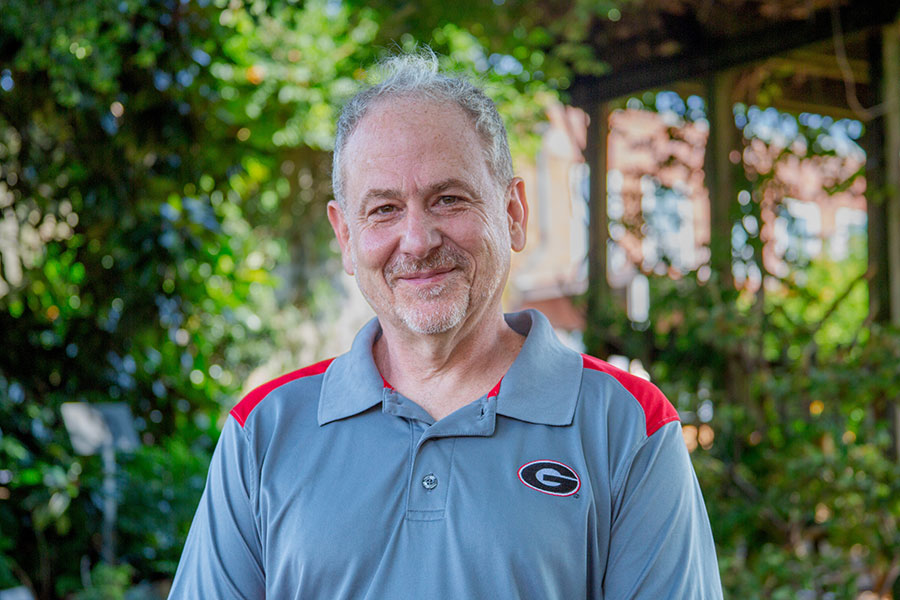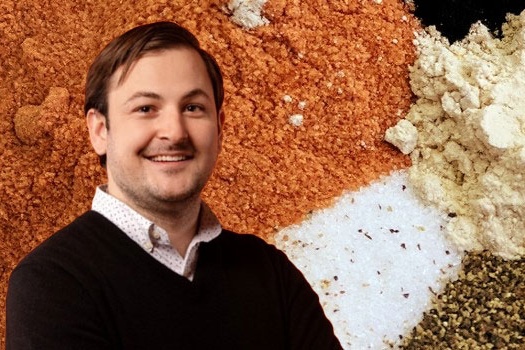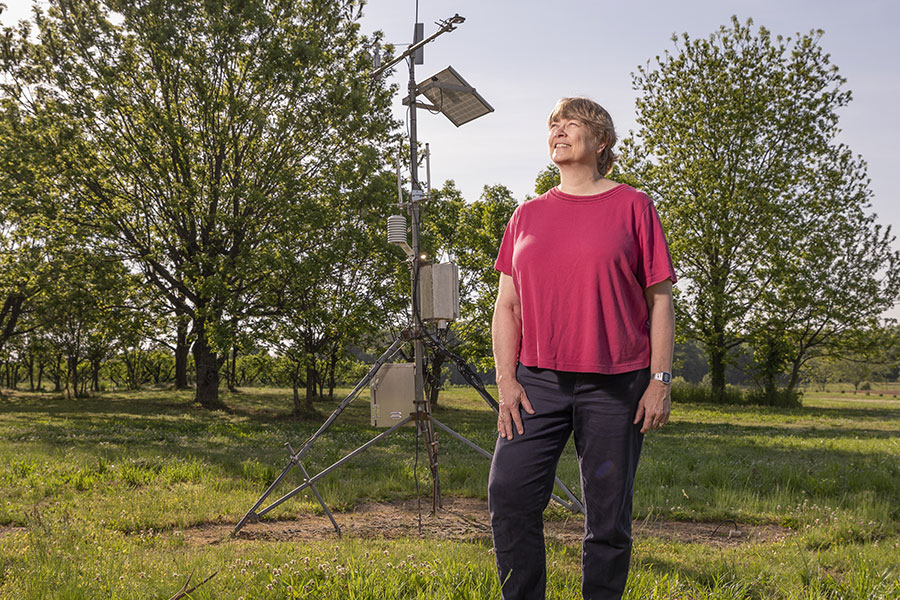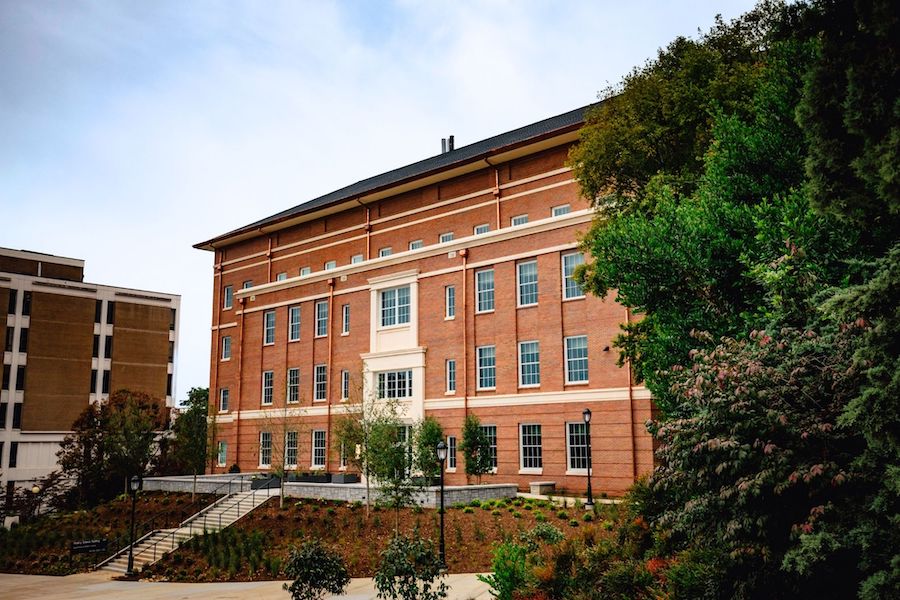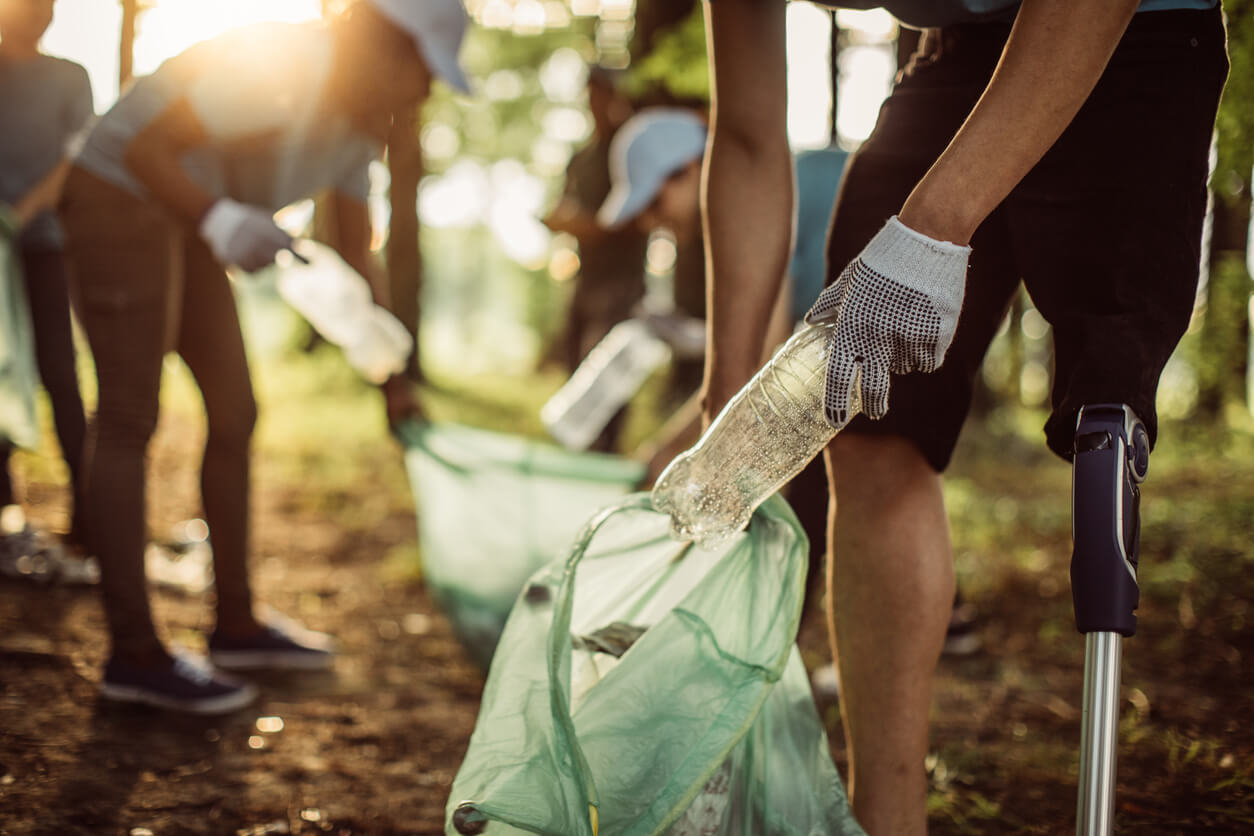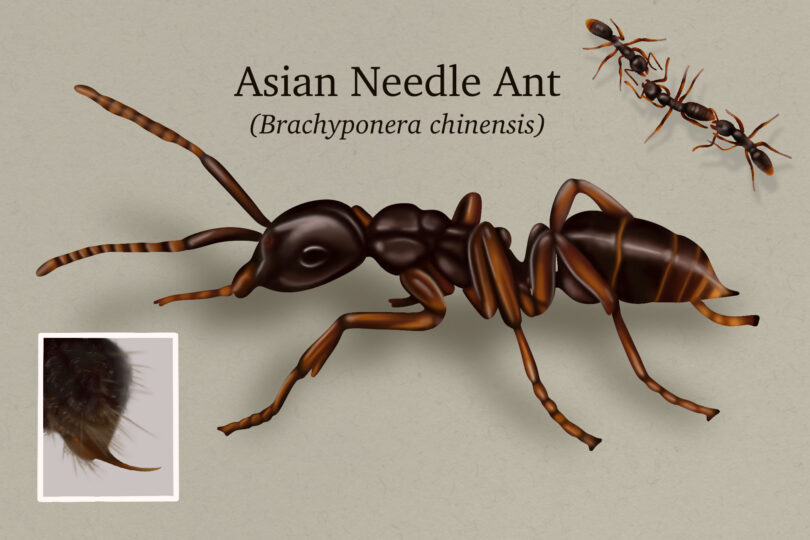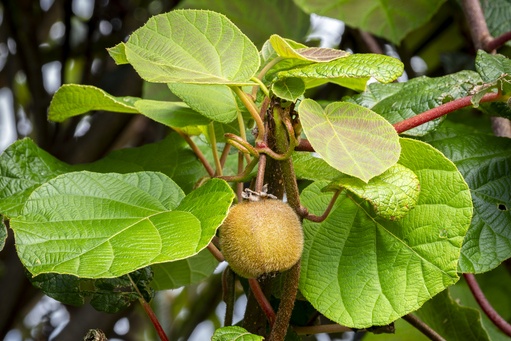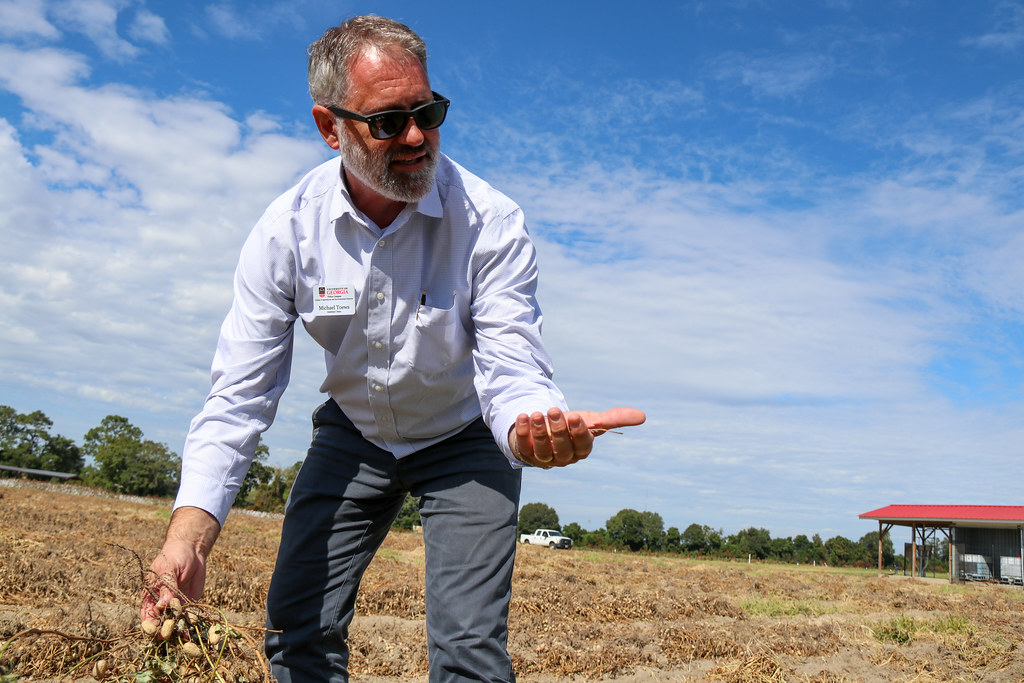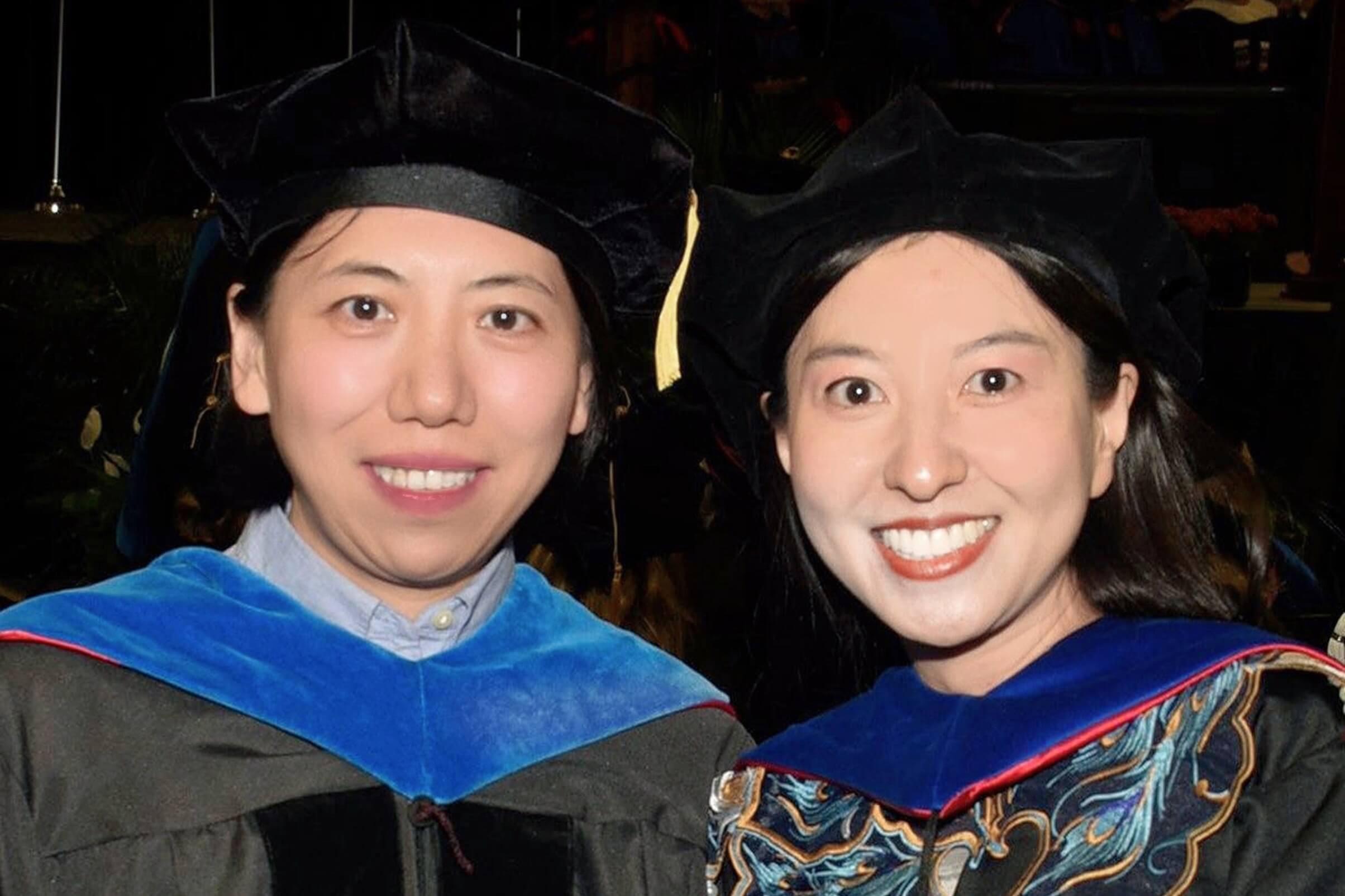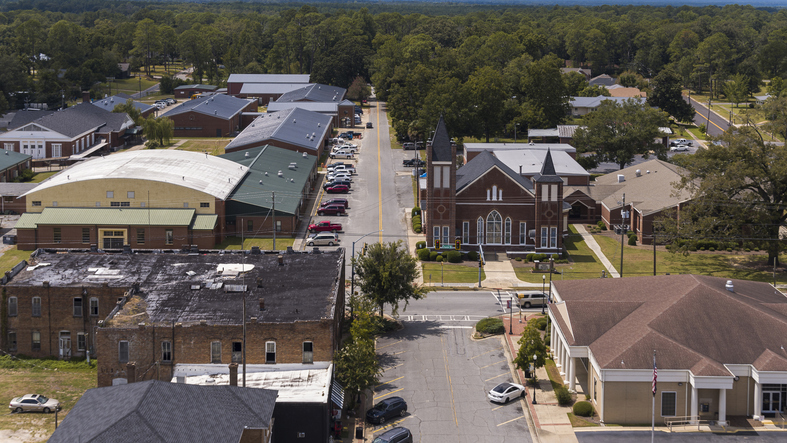 CAES News
CAES News
Rural Engagement Workshop
The University of Georgia’s Rural Engagement Workshop for Academic Faculty has awarded a series of seed grants to help faculty address challenges in rural Georgia ranging from veterinary practices to telehealth clinics and early childhood care. The 2025 seed grants range from $5,000 to $10,000 and will support faculty from a wide array of disciplines as they engage with rural Georgians on issues that are critical for their communities.

